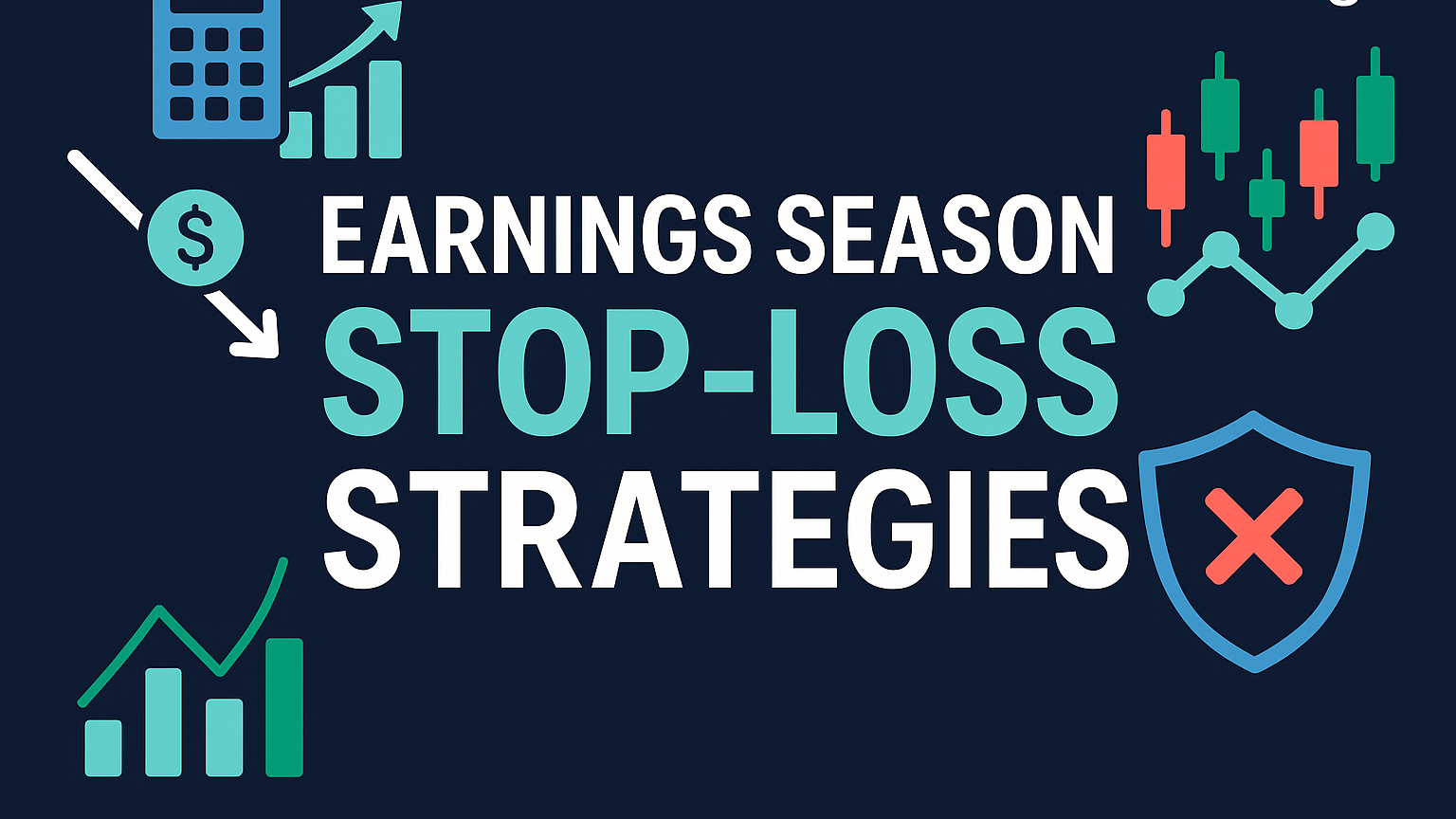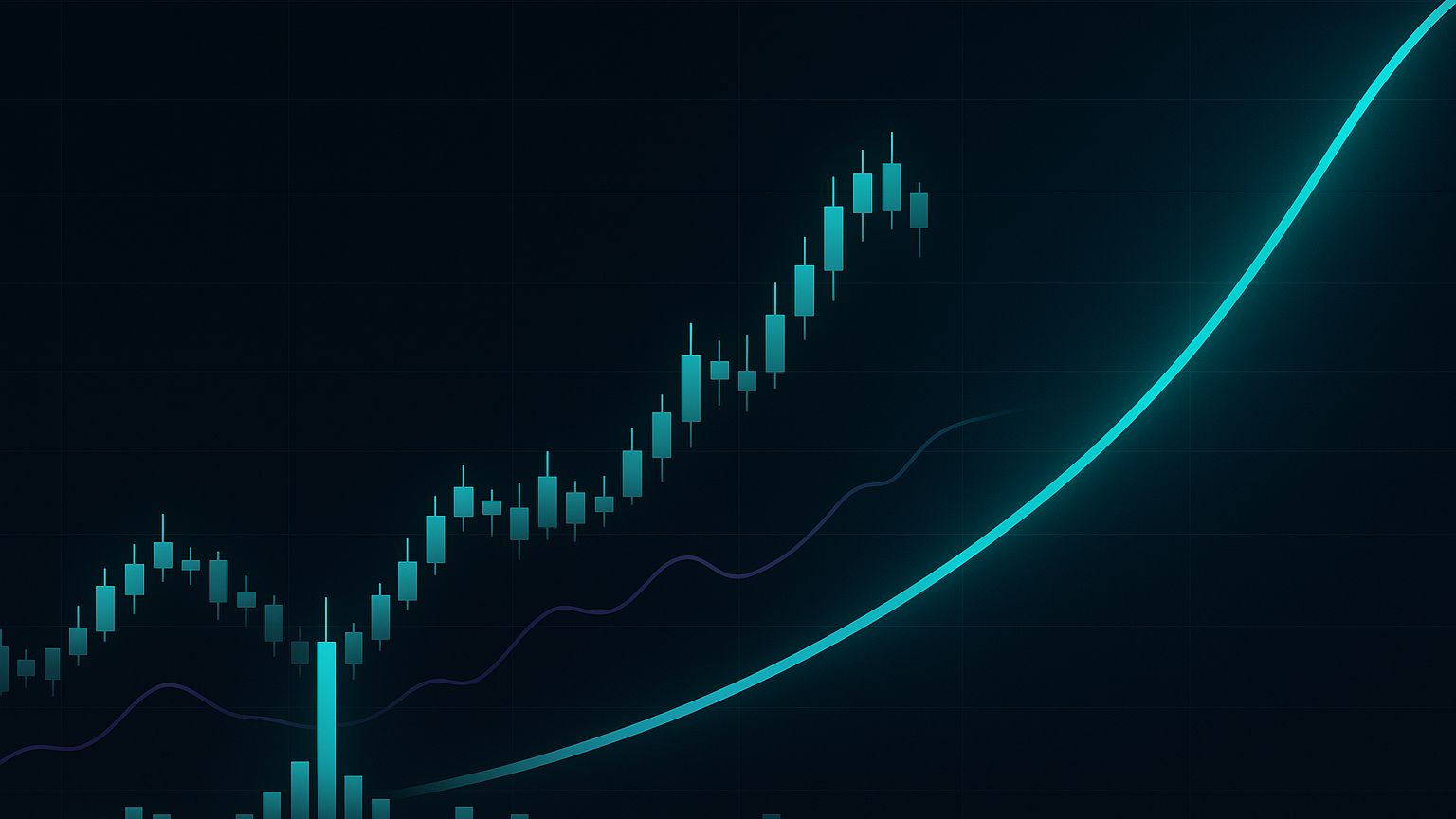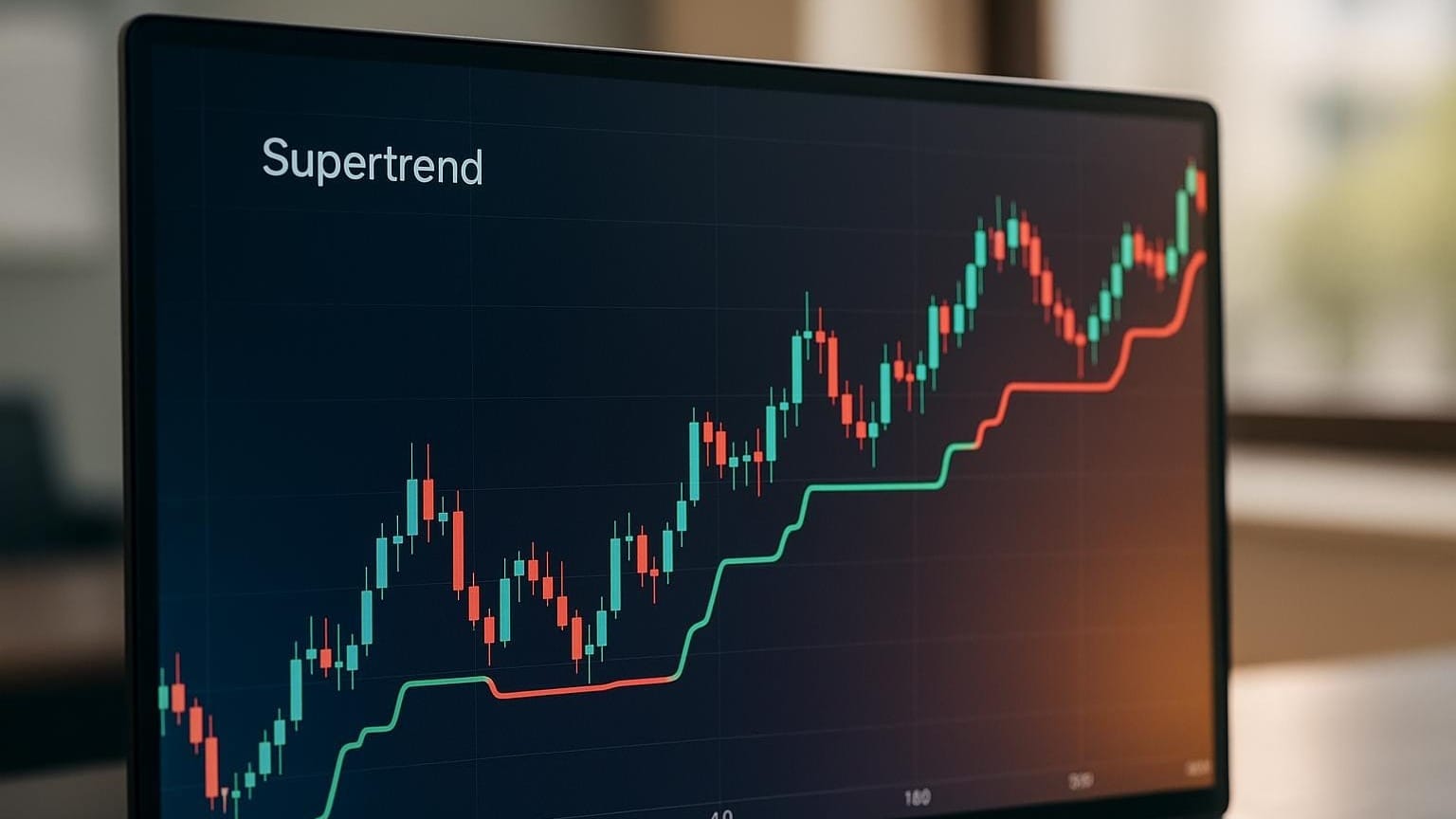Explore the market tactics that transformed a modest investment into a $64 billion success story, highlighting risk management and trading strategies.
Ken Griffin, founder of Citadel, turned a $4.6 million investment in 1990 into a $64 billion financial powerhouse. His success lies in blending data-driven strategies, precise risk management, and market-neutral trading. Here’s a quick summary of his key tactics:
- Quantitative Analysis: Using algorithms and vast datasets to spot market inefficiencies.
- Risk Management: Advanced systems to protect capital and adapt to market shifts.
- Market Neutral Strategy: Balancing long and short positions to reduce market exposure.
- Global Perspective: Analyzing macroeconomic trends for better decision-making.
Citadel’s methods, combining cutting-edge technology with human expertise, have delivered $74 billion in net gains since inception. Griffin’s disciplined approach emphasizes teamwork, innovation, and continuous refinement to thrive in volatile markets.
The Secret to Citadel's Success
Quantitative Trading Methods
Citadel combines cutting-edge technology with human expertise to identify and capitalize on market opportunities. This blend of data-driven methods and human judgment reflects Ken Griffin’s vision of integrating technology with discretion for smarter trading decisions.
Data and Algorithm Usage
Citadel’s strategy revolves around processing massive datasets to pinpoint market inefficiencies. Advanced algorithms play a central role, but human oversight ensures decisions are well-rounded and effective.
“We really think about the technological capabilities that we bring to the table as being systems in our fundamental businesses that drive better decision-making.” – Ken Griffin
Here’s a breakdown of how Citadel employs technology in its trading:
| Component | Purpose | Implementation |
|---|---|---|
| Mathematical Models | Predict price movements | Analyzes historical data using computational methods |
| Real-time Analytics | Assess market conditions | Processes live data from over 50 markets |
| Risk Management Systems | Manage exposure | Automatically monitors and adjusts trading positions |
Citadel’s Trading Model Structure
Citadel’s trading system operates on a multi-strategy framework that spans various asset classes. To stay ahead, the firm is actively upgrading its core trading infrastructure to enhance scalability and performance.
“This is a way to, over time, keep your agility. I almost look at it as the stretching of business. If you don’t do these things, your technology stack eventually gets more rigid than you’d like, and then when you need to stretch, you’re unable to.” – Josh Woods, Citadel Securities’ CTO
Key elements of Citadel’s quantitative approach include:
- Global Market Presence: Active in over 50 markets and 150 trading venues
- Custom Technology: Proprietary tools and models developed in collaboration with investment teams
- Cross-Asset Integration: Unified systems for trading across multiple asset classes
Risk Control Methods
Managing risk effectively is a key part of Griffin’s broader market strategies. His approach combines cutting-edge technology with disciplined oversight to strike a balance between seizing opportunities and protecting capital.
Griffin’s Risk Philosophy
Citadel emphasizes staying ahead of potential risks, focusing on preserving capital and maintaining flexibility. A prime example is the independent Portfolio Construction & Risk Group (PCG), which reports directly to the CEO.
“Risk management is the pillar of stability at the crossroads of opportunity.” – Ken Griffin
Portfolio Risk Balance
This proactive mindset is supported by a multi-layered risk management system. Citadel’s Risk Management Center features an interactive touchscreen that provides real-time risk data. This mix of advanced technology and human insight is reflected in the following framework:
| Risk Component | Implementation | Purpose |
|---|---|---|
| Capital Allocation | Dynamic risk budgeting | Optimize how resources are distributed |
| Stress Exposure | Advanced scenario analysis | Spot potential weaknesses |
| Liquidity Management | Real-time monitoring | Maintain portfolio adaptability |
Risk Management Tips
- Quantitative Analysis Implementation
Use systematic models to analyze risks and perform regular stress tests on your portfolio. - Position Sizing and Exposure
Limit the exposure of any single trade to 1% of your portfolio to protect overall performance. - Systematic Risk Monitoring
Set clear risk guidelines, such as stop-loss and take-profit levels, and review positions regularly.
Market Neutral Trading
Citadel’s market-neutral strategy played a key role in its impressive $16 billion profit in 2022. This approach aims to generate returns regardless of market direction by carefully balancing positions.
Market Neutral Basics
Citadel achieves this by offsetting bullish and bearish positions, keeping net market exposure close to zero and minimizing risk. The success of this strategy is clear in the performance of Citadel’s Wellington fund, which delivered a 13.7% return in 2023 while managing $64 billion in assets.
Market Trend Response
Citadel relies on a team of physicists, actuaries, and engineers to create advanced quantitative models. These models drive the firm’s equity trading strategies:
| Strategy Component | Implementation | Outcome |
|---|---|---|
| Short Book Focus | Optimized short management | Higher returns from short positions vs. longs |
| Quantitative Analysis | Advanced algorithms | Faster identification of market inefficiencies |
| Position Balance | Long-short matching | Lower correlation with overall market movements |
Applying Market Neutral Strategies
- Position Selection & Portfolio Construction
Use fundamental or quantitative analysis to pick undervalued securities for longs and overvalued ones for shorts. Balance dollar amounts to maintain near-zero market exposure. - Systematic Monitoring
Continuously adjust portfolios using detailed data and regular analysis.
Main Lessons
Griffin’s Core Methods
| Core Method | Implementation | Result |
|---|---|---|
| Quantitative Analysis | Using data-driven algorithms and statistical models | Spotting market inefficiencies |
| Risk Management | Diversifying across various asset classes | Protecting capital during volatile periods |
| Market Neutral Strategy | Maintaining balanced long-short positions | Generating returns independent of market trends |
| Global Macro Perspective | Studying economic trends and geopolitical events | Improving decision-making processes |
Using Griffin’s Tactics
- Adopt a Quantitative Framework
Start small and test thoroughly before scaling. This cautious expansion helped Citadel grow from $4.6 million to its current size. - Integrate Risk Management
Build robust controls that handle extreme scenarios—Citadel designs systems to function even if assets were reduced by 90%.
“Stay humble, because the market can humble you at any time.” – Ken Griffin
Final Thoughts
Griffin’s approach emphasizes disciplined execution and continuous refinement. Success in trading isn’t just about innovation—it’s about combining advanced strategies with strong risk management. Develop your quantitative skills and keep a global perspective to stay ahead in ever-changing markets.








